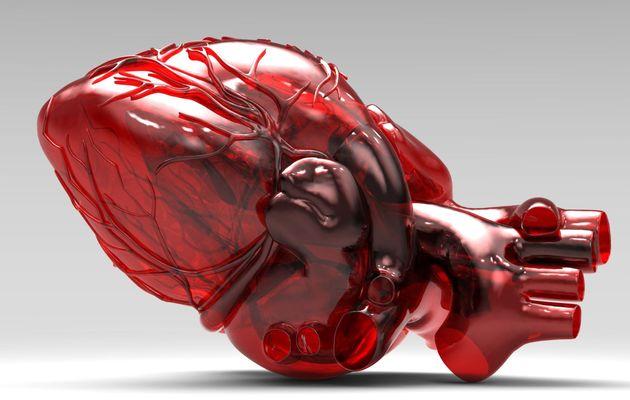First results from the application of 3D models in clinical practice confirm the expectations for additive manufactured models in the medical field. The Hospital Dahme-Spreewald, in Germany, was one of the first hospitals that decided to use models created by a service provider, MMM GmbH (Medizinische Modellbau Manufaktur/Medical Model Manufactory).
“For a complex operation on the pelvis of the patient, the 3D fabricated model was optimal to test whether, as thought, the operation is possible,” explains Professor Dr. med. Michael Wich, an expert on trauma surgery at the Hospital Dahme-Spreewald.
The fact the there was an exact replica at a scale of 1:1 (life size model) made it possible to adjust implants prior to the surgery.
Medical imaging techniques and diagnostic procedures such as computed tomography (CT) for hard tissue (e.g., bone structures) and magnetic resonance imaging (MRI) or ultrasound scanning (US) for soft tissue (e.g., organs) have been established and improved for a long time in the medical field. Similar to the additive manufacturing process, those processes are based on a layer-wise  representation method of bodies or body parts and it provides nearly all the required information to fabricate additive manufactured anatomical models. To create a model, the MRI or CT data of the patients are converted into a digital 3D model using a special software. The replica is printed using a 3D printer and finished by hand. The use of different materials provides an almost lifelike feel. This means that bone models are made of hard materials and organ models are made of flexible materials. It’s also possible to combine both characteristics in one model or to display foreign objects like implants. Thus, the models can be used as a realistic replica of the original and finished with the existing instruments in the operating room. The fabrication of an individual model is a complex, interdisciplinary process that requires the cooperation of physicians, radiologists, computer scientists and engineers.
representation method of bodies or body parts and it provides nearly all the required information to fabricate additive manufactured anatomical models. To create a model, the MRI or CT data of the patients are converted into a digital 3D model using a special software. The replica is printed using a 3D printer and finished by hand. The use of different materials provides an almost lifelike feel. This means that bone models are made of hard materials and organ models are made of flexible materials. It’s also possible to combine both characteristics in one model or to display foreign objects like implants. Thus, the models can be used as a realistic replica of the original and finished with the existing instruments in the operating room. The fabrication of an individual model is a complex, interdisciplinary process that requires the cooperation of physicians, radiologists, computer scientists and engineers.

